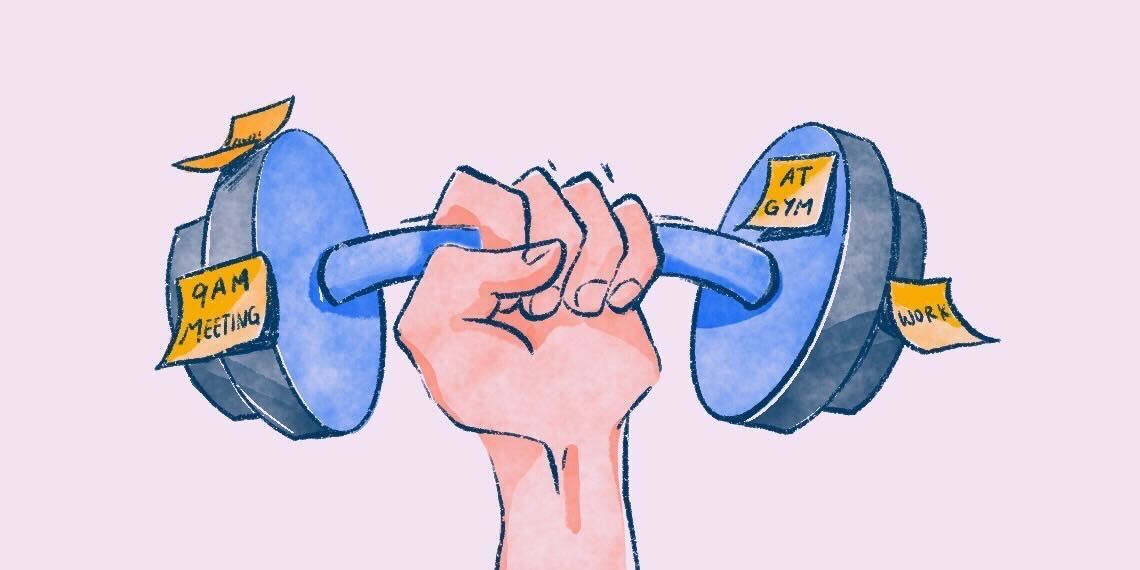Researchers link lack of exercise to job burnout

It looks like there could be an easier way for employers to help stave off employee burnout – by encouraging more exercise.
Employees who regularly engage in some form of moderate exercise are less burnt out than their colleagues who work out less, a study from the University of Michigan found. Moderate exercisers reported feeling less emotionally exhausted and more personally satisfied at work, according to the study, where researchers analyzed 520 full-time workers regarding their physical activity and professional performance.
“The takeaway for employers is that promoting exercise can lead to happier, healthier workers, as well as lower employee turnover, higher productivity and cost reductions,” the researchers wrote.
Americans should be spending about two and a half hours getting moderate exercise throughout a week, but about 80% of the population isn’t, according to a report from the U.S. Department of Health and Human Services.
Some of the key challenges workers face when it comes to getting enough moderate exercise come down to time and money. The return to offices and commutes are eating up more time that could be spent working out, and with the high cost of living a gym membership may be unaffordable. But employers can address this through benefits and policies that encourage and promote more regular physical activity.
That might look like offering stipends for staff to pay for gym memberships or workout equipment like under-the-desk treadmills for those in remote or hybrid set-ups. It could also mean having a state-of-the-art gym facility on-site, or allowing staff to work out on the clock.
Some federal agencies in the U.S. have policies allowing employees to work out of the clock. Employees at the National Security Agency and Bureau of Alcohol, Tobacco, Firearms and Explosives, can take up to 3 hours a week off as an excused absence to go workout during regular hours, according to web pages.
“It’s the perfect example of how you can build physical activity into your policies at work,” said Michele Marenus, a co-author on the study. “It signals to the employee that this is something that’s important to us at a policy level, at a higher level than just coming from your direct manager,” Marenus said.
But direct manager support is also still important. For example, managers can block time on their calendars for working out or taking a walk and let employees know so they feel they can do the same, she said.
Marenus is also a research scientist at Personify Health, an app that incentivizes staff to meet fitness goals. Beyond time and money, motivation is another key factor stopping workers from getting enough moderate exercise, and apps like Personify Health can help encourage them through gamification, she said.
“Employers know that it’s important and that they’re not going to be able to retain talent without having something like this, without having some sort of incentive around health and well being,” she said.
Ultimately, it’s about fostering a culture that acknowledges and enables employees’ need for fitness in their daily lives, said Steve Carver, business and product development director at JumpSport.
“Any kind of movement is really a key to having a better overall experience with your day, especially in the workplace,” he said. “Employers should understand that if you really want to have a healthy, happy workforce, that you should encourage them to do some type of physical activity while they’re at work,” Carver said.

